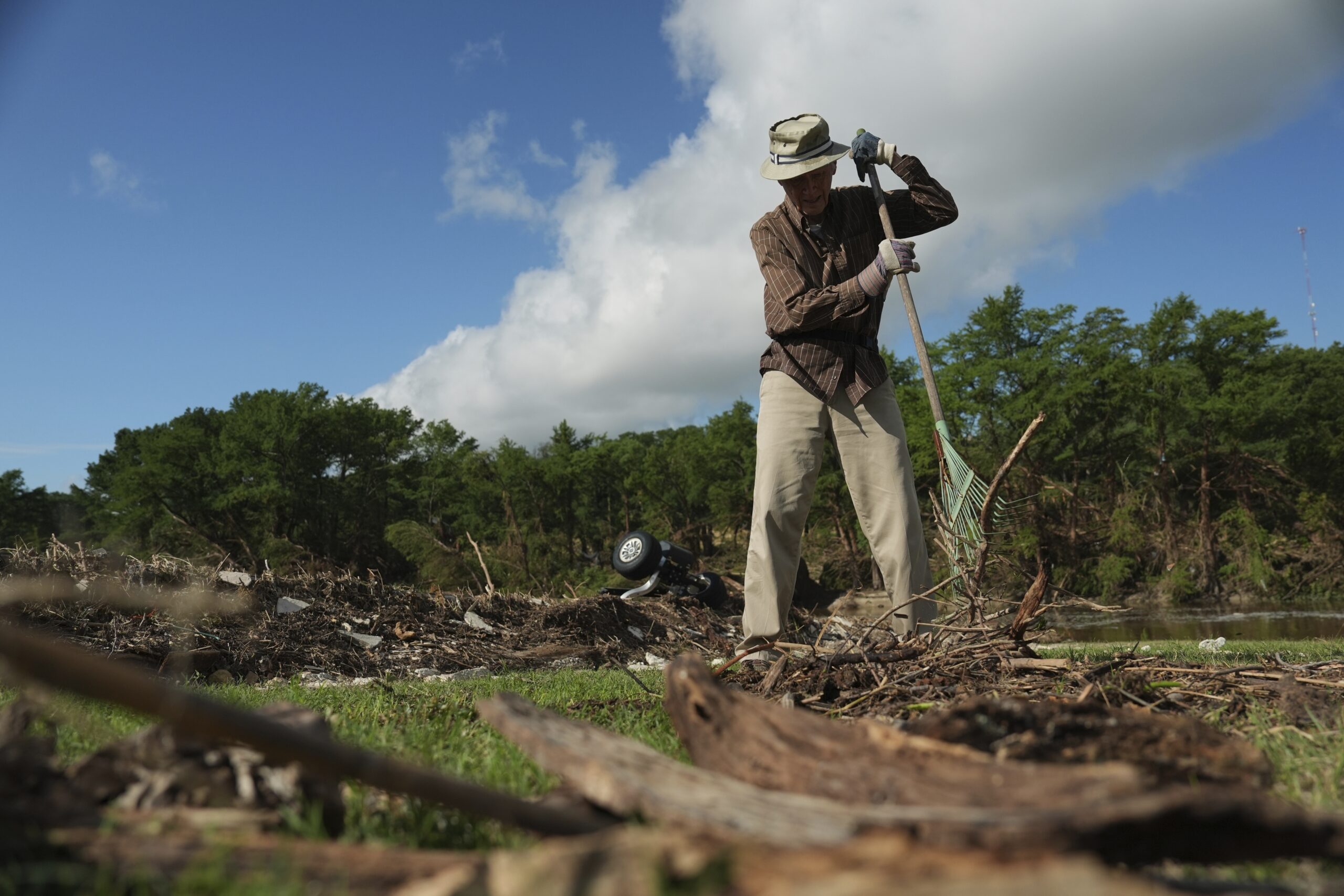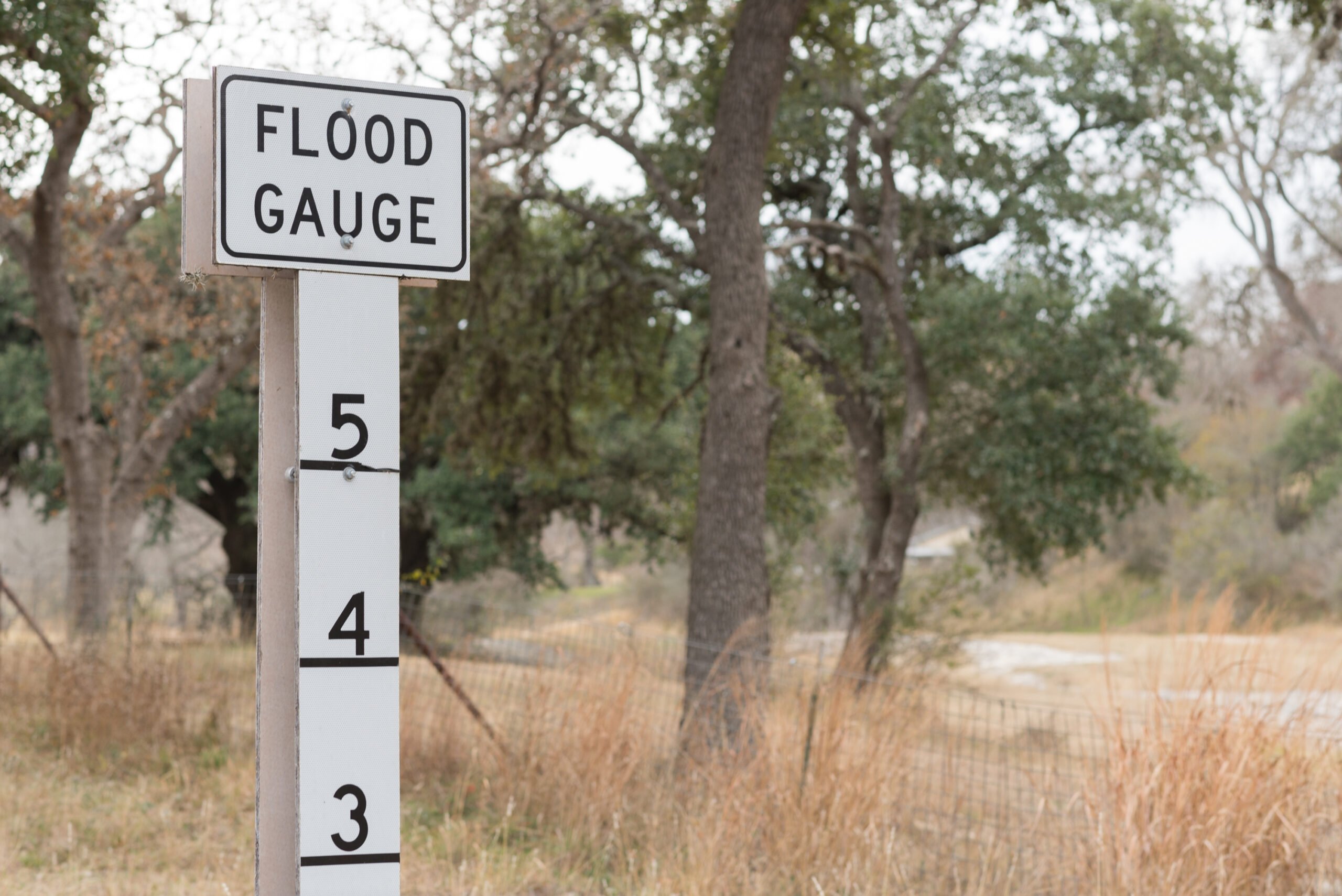ustxtxb_obs_1999_04_02_50_00032-00000_000.pdf
Page 4
Kevin Kreneck BOOKS & THE CULTURE Water Works Post-Senatorial Bromides on the Arid Future BY CHAR MILLER TAPPED OUT: The Coming World Crisis in Water and What We Can Do About It. By Paul Simon. Welcome Rain Publishers. 198 pages. $22.95. The Texas summer of 1998 had it apocalyptic moments. In late June, a dome of high pressure built up, pushing the mercury over the century mark for a more than a month; worse, this “weather event” also deflected storm systems away from the state, so that the palette from the High Plains to Laredo, from El Paso east, turned burnt sienna. Robbed of moisture, the rockhard soil fissured and constricted, buckling water mains in Fort Worth, Austin, and other cities; elsewhere, reservoirs receded, and aquifer levels dropped precipitously; cattle and corn suffered along with their human tenders. A foreboding sense of doom led farmers, ranchers, and urbanites to unite in a one-word prayer: rain! It came in August, and with a ferocity that was as overwhelming as the drought had been punishing. Spinning out of the gulf, two tropical storms pummeled coastal communities and then moved inland: Houston went under water as did San Antonio; when Tropical Storm Charlie stalled over the Hill Country, it unleashed murderous floods that ripped through Eagle Pass, and then turned the Rio Grande into the Nile, a mud-brown wave that swept through downstream cities and towns, and inundated a once-parched valley. We should have been careful what we prayed for. Does it help to know that our strange affliction too little and too much was bly not. But Paul Simon \(former senator from Illinois and now Director of the Public Policy Institute at Southern Illinois Univolatile swings in the weather, and the devastating catastrophes that attend them. The unpredictability of global warming, when combined with the furies that El Nino/La Nina can unleash, will increasingly imperil human life, especially as our numbers increase and our population density intensifies. We are setting ourselves up for a fall. A big fall, if the dire predictions Simon cobbles together in Tapped Out come to pass. In one state after another, the news is grim. The Sunbelt’s big three California, Texas, and Florida are particularly troublesome. The Golden State, for instance, is currently consuming water at a rate that is unsustainable. The heavy pumping of underground water, according to a 1995 report, is “causing land to subside and threatening some aquifers with possible . collapse.” This situation will only get worse, because there is little monitoring or control of the mining of white gold, and because agricultural “policies encourage the production of water-intensive, low-valued crops,” such as rice. If, in a state with “more than 1,400 large water reservoirs and the most sophisticated water supply system in the world,” demand will outstrip available supplies in twenty years, what hope is there for less-advanced polities? Not much, as the Lone Star and Sun shine States suggest. “Texas is one of only three western states that still does not have a drought plan,” Simon writes, a lack that is particularly worrisome given our considerable reliance on aquifers for water; the vast Ogallala, which lies beneath the Panhandle, is proof that size does not matter: the “largest discrete [isolated] aquifer in the world,” the Ogallala is also “the fastest-disappearing aquifer in the world.” Florida is in a similarly precarious situation: development and population growth are pressing up against groundwater supplies; rushing in to fill the void is salt water, contamination that will increase if, in response to elevated air temperatures, the oceans rise. Anne and Paul Ehrlich are among those who estimate that for every foot of elevation in sea level, “there will be about a 40foot reduction in the depth of freshwater in Florida aquifers.” As with America, so goes the world. In the Middle East \(where, according to the World Bank, per capita renewable water supplies will have fallen to 667 meters by 2025, a more than five-fold decline since anating from water distribution are rapidly escalating. Simon argues that many of the 32 THE TEXAS OBSERVER JANUARY 22, 1999


